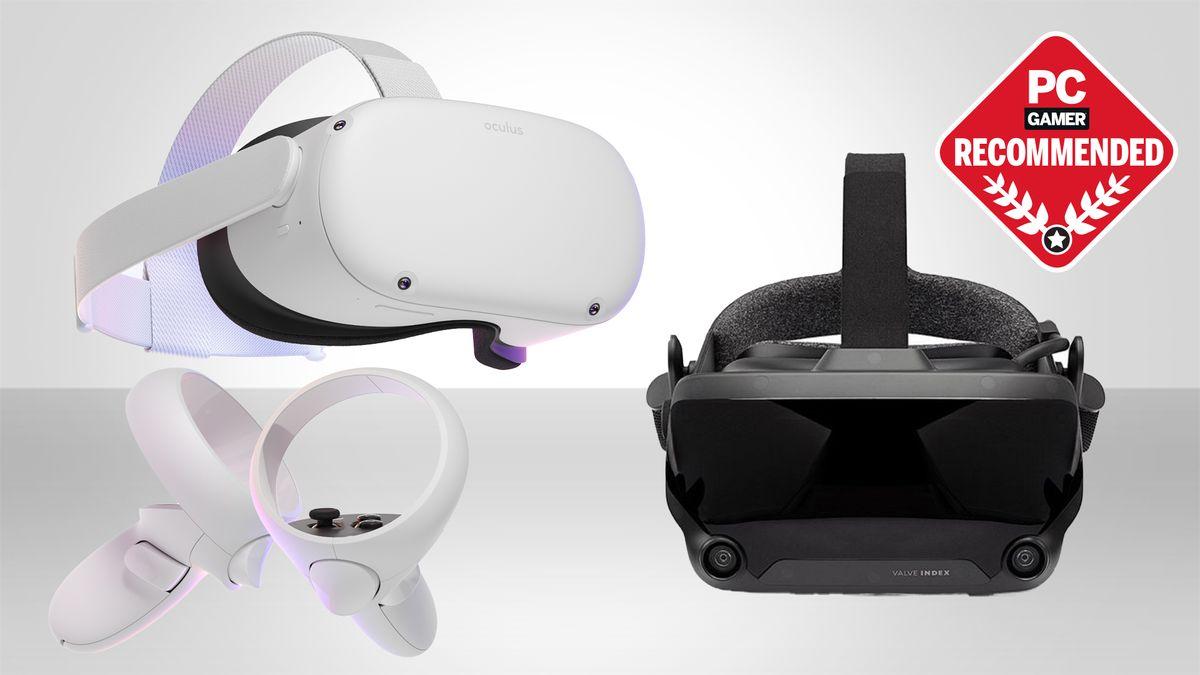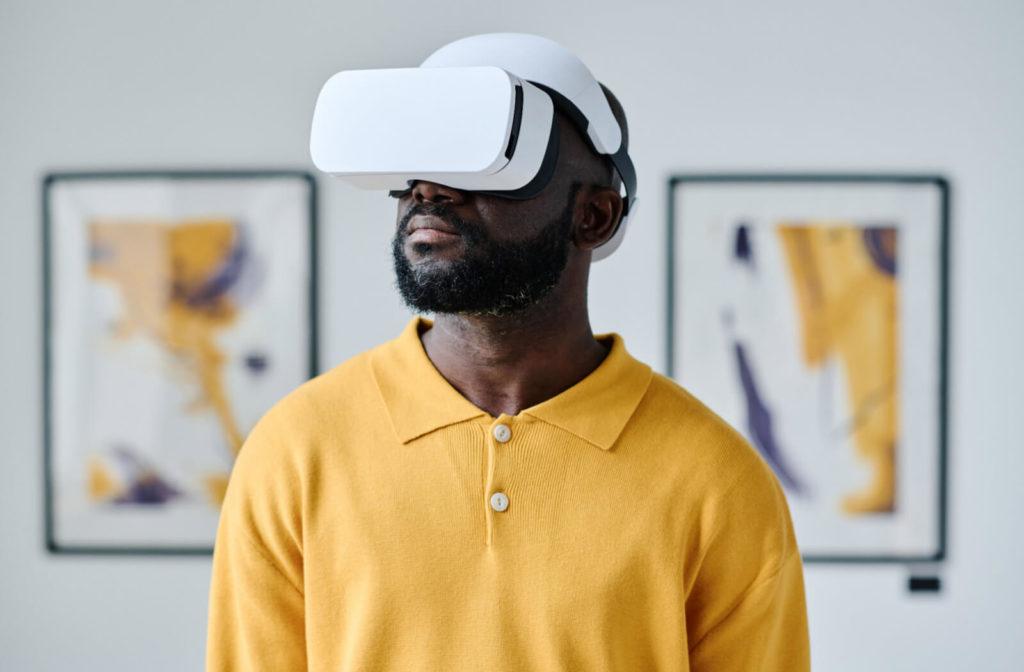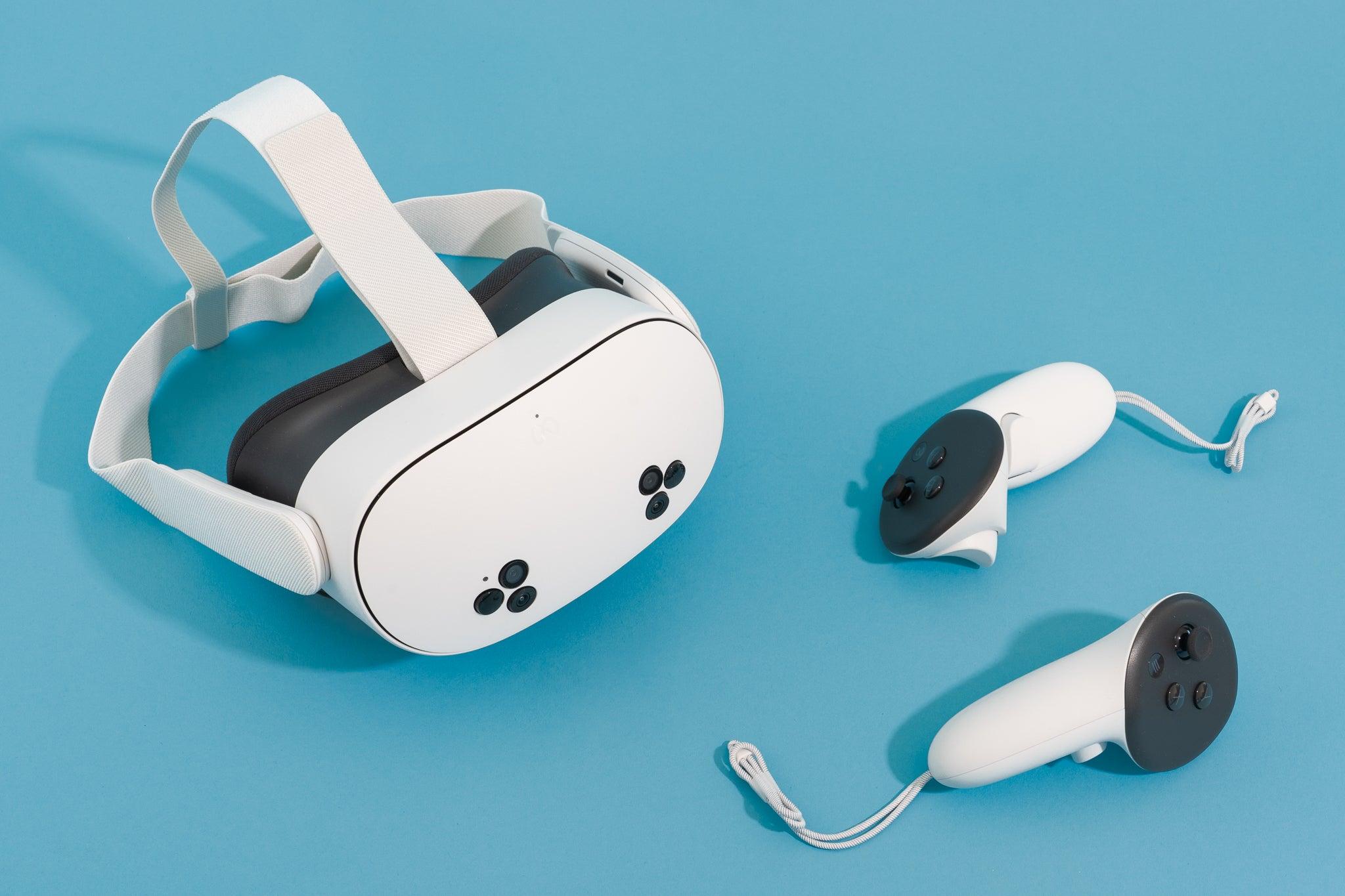As the lines between the digital and physical worlds continue to blur, virtual reality (VR) emerges as a captivating frontier, inviting users to explore, create, and experience like never before. With an array of headsets flooding the market, each boasting unique features, specifications, and experiences, the quest for the perfect VR companion can feel overwhelming. Whether you’re a seasoned gamer seeking an immersive experience, an artist eager to explore new dimensions, or simply someone curious about this transformative technology, the right headset can significantly enhance your journey. In this guide, we will navigate the myriad options available, examining key factors such as comfort, compatibility, and content accessibility, ensuring you find the perfect fit to unlock the boundless possibilities of virtual reality. Join us as we embark on this exciting exploration of VR headsets and discover how to tailor your experience to meet your unique desires and needs.
Exploring the Different Types of Virtual Reality Headsets
The realm of virtual reality offers an exciting array of headset options, catering to varying preferences and requirements. Each type of headset is designed for different experiences, which can greatly influence the overall immersion and functionality. Here’s a look at some common categories:
- Standalone Headsets: These headsets operate independently, without the need for a console or PC. Featuring built-in processing power and storage, they provide a seamless experience while being user-friendly.
- PC VR Headsets: Offering superior graphics and versatility, these headsets require a powerful computer to function. They are ideal for gamers and those seeking high-fidelity experiences, allowing for expansive virtual worlds.
- Mobile VR Headsets: Designed to work with smartphones, these are more affordable and portable. While they may not deliver the same level of performance as standalone or PC headsets, they allow on-the-go VR experiences.
- Oculus Quest 2: The leading choice in standalone headsets, known for its accessibility and impressive library of games.
- HTC Vive Pro 2: A top-tier PC VR option, recognized for its high-resolution display and superior tracking capabilities.
Understanding the differences among these types can help you select the right headset. Below is a comparison table highlighting some key features:
| Headset Type | Portability | Graphics Quality | Price Range |
|---|---|---|---|
| Standalone | High | Medium | $$$ |
| PC VR | Low | High | $$$$ |
| Mobile | Very High | Low | $ |
Each type of headset is crafted to meet different gaming and VR experiences, ensuring that there is something for everyone. By considering what you value in terms of quality, portability, and budget, you can make an informed decision that enhances your virtual adventures.

Key Features to Consider When Choosing Your VR Device
When selecting a VR device, display quality should be at the forefront of your decision-making. Look for headsets with high resolution and refresh rates to ensure a fluid and immersive experience. A wider field of view can also enhance your visual perception, making environments feel more realistic. Additionally, consider the lens type; aspheric lenses provide better clarity across the entire visual field, reducing distortion. Other important factors include FOV (Field of View) and IPD (Interpupillary Distance) adjustments, which contribute to comfort and a personalized experience.
Another critical aspect to evaluate is the tracking system of the headset. Systems that offer inside-out tracking allow for greater freedom of movement without the need for external sensors, making setup easier and more flexible. Additionally, explore the controller ergonomics and whether they are intuitive for you, as these will impact your overall enjoyment and control while engaging in VR activities. Don’t forget to check compatibility with VR software and gaming platforms you intend to use, as well as the availability of online support or community forums for a smoother user experience.

Top Recommendations for Every Budge and Experience Level
Choosing the right virtual reality headset can be a daunting task given the plethora of options available. For those on a tight budget, the Oculus Quest 2 stands out as a fantastic entry point. It offers a wireless and standalone experience, eliminating the need for hefty gaming PCs. Priced under $300, this headset provides a robust library of games and experiences suited for both casual and dedicated gamers. For those seeking enhanced immersion, the PlayStation VR2 is a worthwhile investment. It offers sparkling visuals and innovative features like haptic feedback, making it ideal for PlayStation console owners looking to elevate their gaming experience.
For the more experienced user or those willing to splurge, consider the Valve Index. Known for its superior hand-tracking and exceptional field of view, it’s perfect for those who want an extensive VR experience that pushes the boundaries of technology. Alternatively, the HTC Vive Pro 2 combines high-resolution graphics and a robust ecosystem, making it a preferred choice for professionals and enthusiasts alike. To help you navigate these choices, here’s a succinct comparison:
| Headset | Price | Best For |
|---|---|---|
| Oculus Quest 2 | Under $300 | Beginners & Casual Gamers |
| PlayStation VR2 | Approximately $550 | Console Gamers |
| Valve Index | About $999 | Enthusiasts & Advanced Users |
| HTC Vive Pro 2 | Starting at $799 | Professionals |

Maximizing Your VR Experience with Essential Accessories
Enhancing your virtual reality adventures goes beyond just choosing the right headset. Investing in high-quality accessories can significantly elevate your experience, allowing for deeper immersion and greater comfort. Consider items such as custom face cushions, adjustable head straps, and VR gloves that provide both support and functionality. These enhancements not only improve how the headset fits but also reduce fatigue during long gaming sessions, ensuring that you stay engaged in your virtual world without distractions.
Beyond comfort, several tech accessories can bolster your VR setup. A power bank is essential for longer play hours without interruptions, while external speakers or 3D audio devices can create rich soundscapes that elevate gameplay. Furthermore, a VR mat can help define your play area, ensuring safe movement without the risk of bumping into walls or furniture. Below is a quick comparison of must-have accessories:
| Accessory | Benefits |
|---|---|
| Custom Face Cushion | Improves comfort and fit |
| Adjustable Headstrap | Reduces fatigue, enhances stability |
| VR Gloves | Enhanced interaction and control |
| Power Bank | Extends playtime |
| VR Mat | Defines play space, safe movement |
In Retrospect
As we navigate the ever-evolving landscape of virtual reality, finding the perfect headset for your needs can seem daunting. But armed with the insights and tips shared in this guide, you are now better equipped to make a choice that aligns with your interests, budget, and lifestyle. Remember, the world of VR is not one-size-fits-all; it’s about discovering what suits you best, whether you’re a casual gamer, an avid explorer of immersive experiences, or a tech enthusiast eager to push the boundaries of reality.
In this exciting journey, take the time to explore different models, engage with demos, and listen to others’ experiences. The perfect fit is out there, waiting to transport you into realms previously confined to imagination. So go ahead, gear up, and step into your new reality—adventure awaits!
